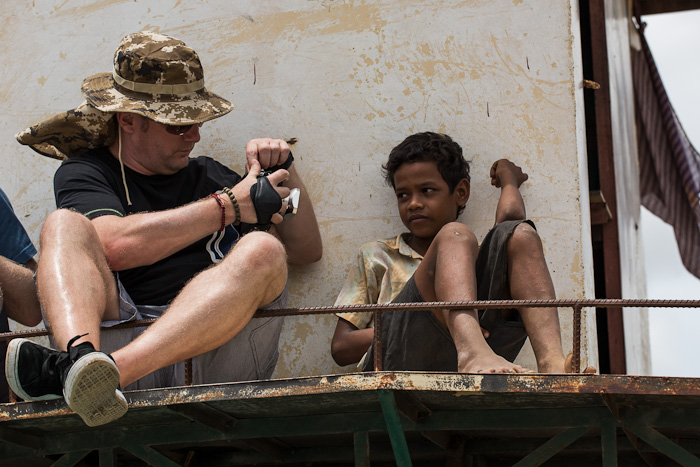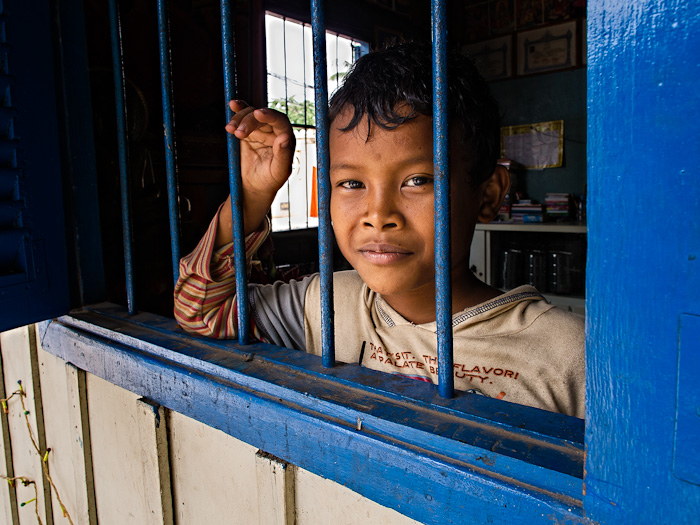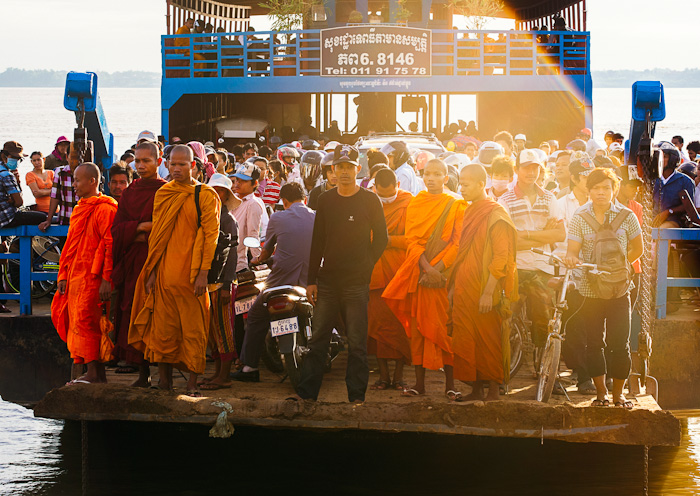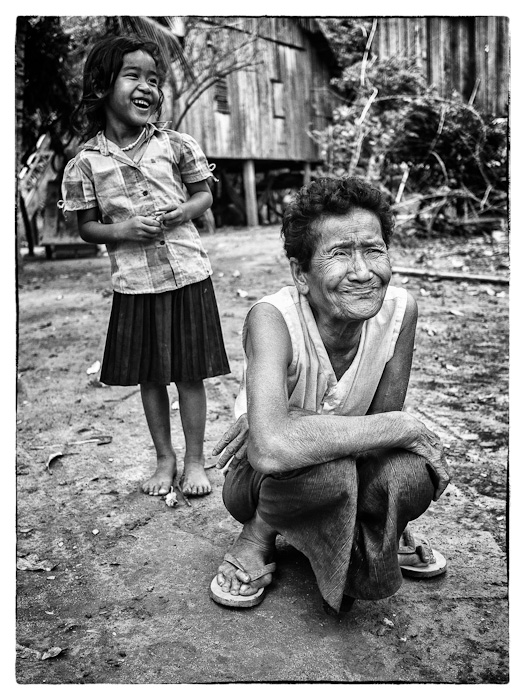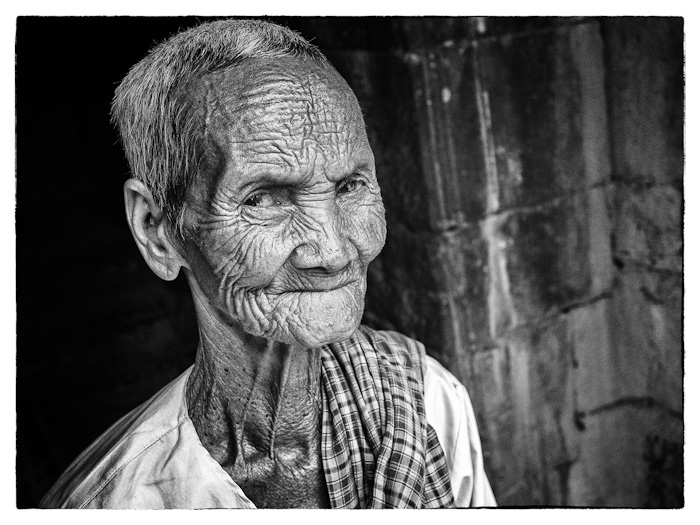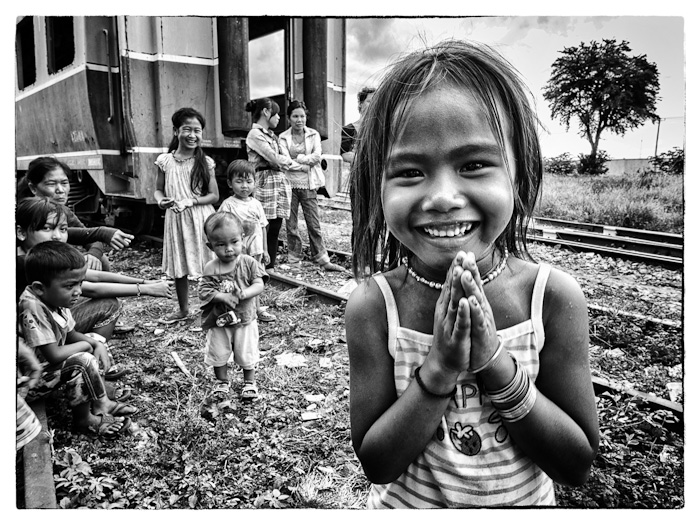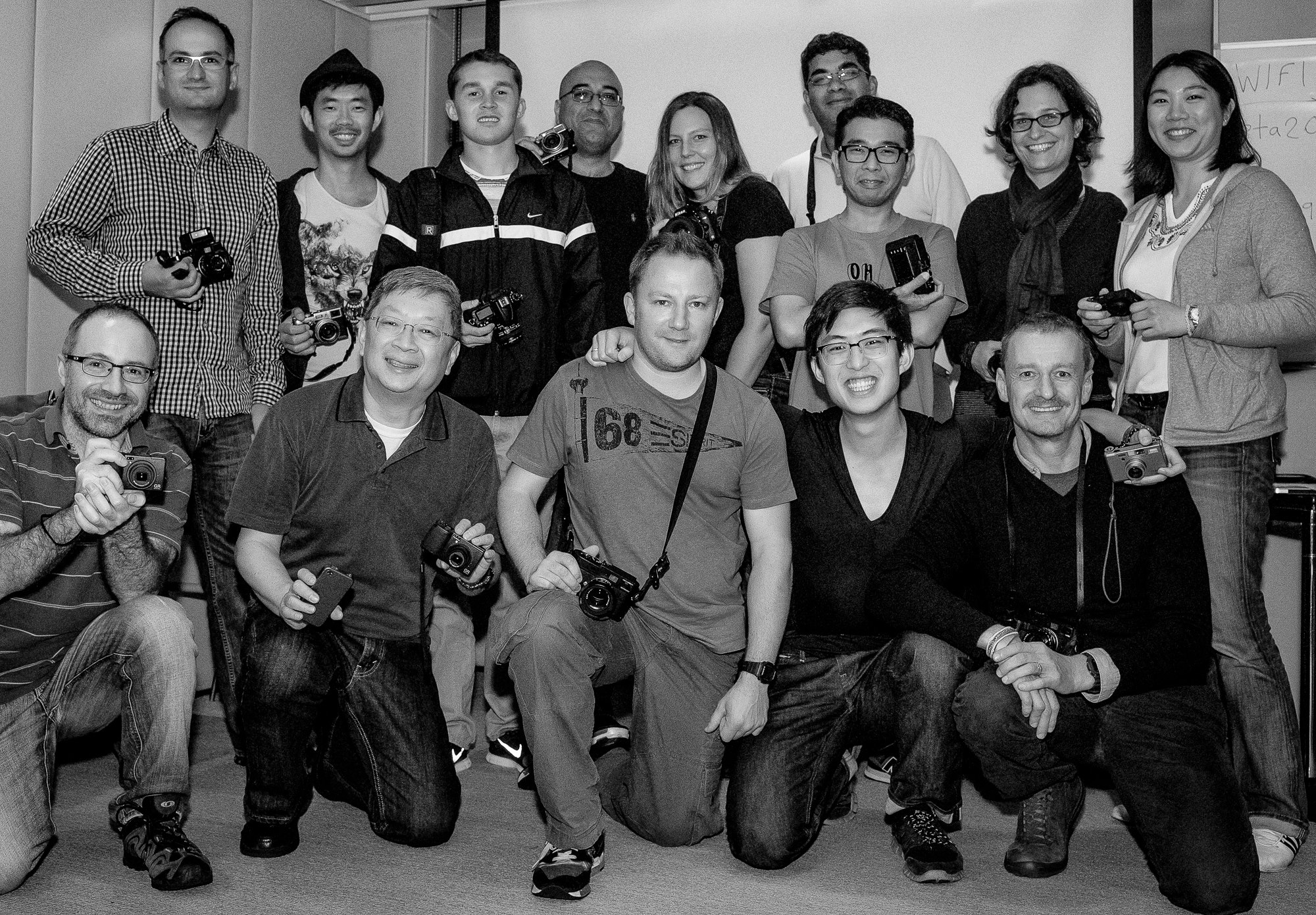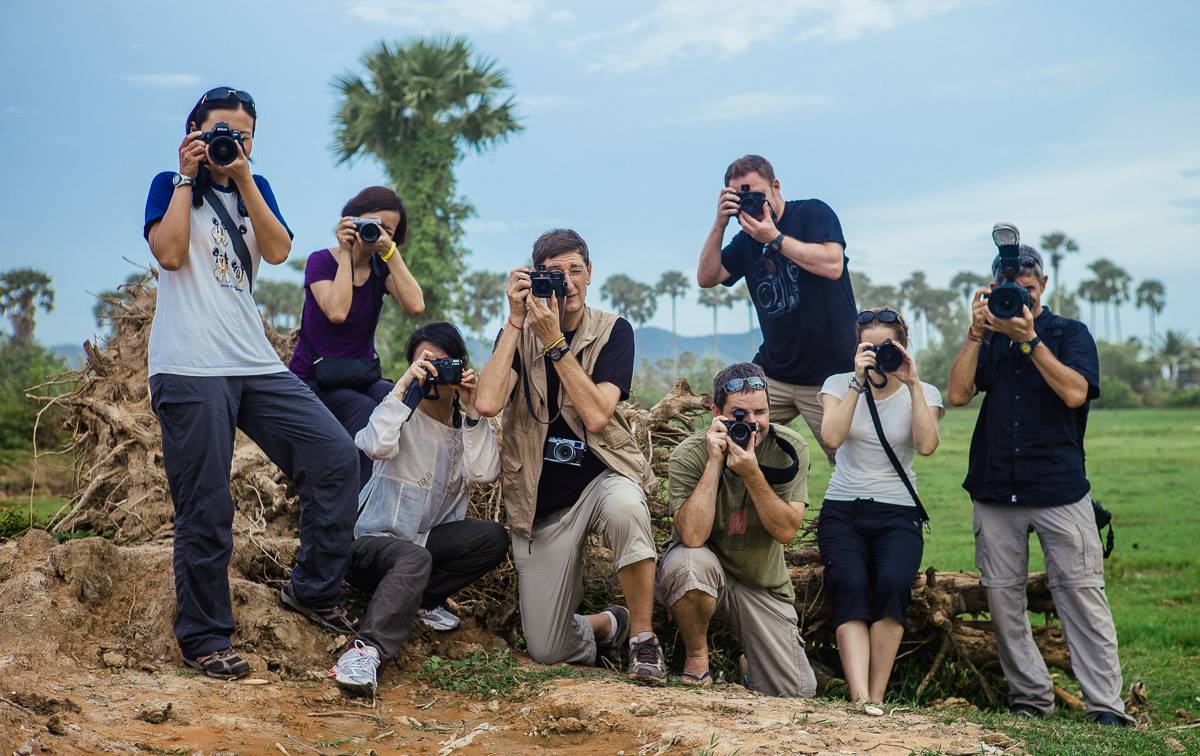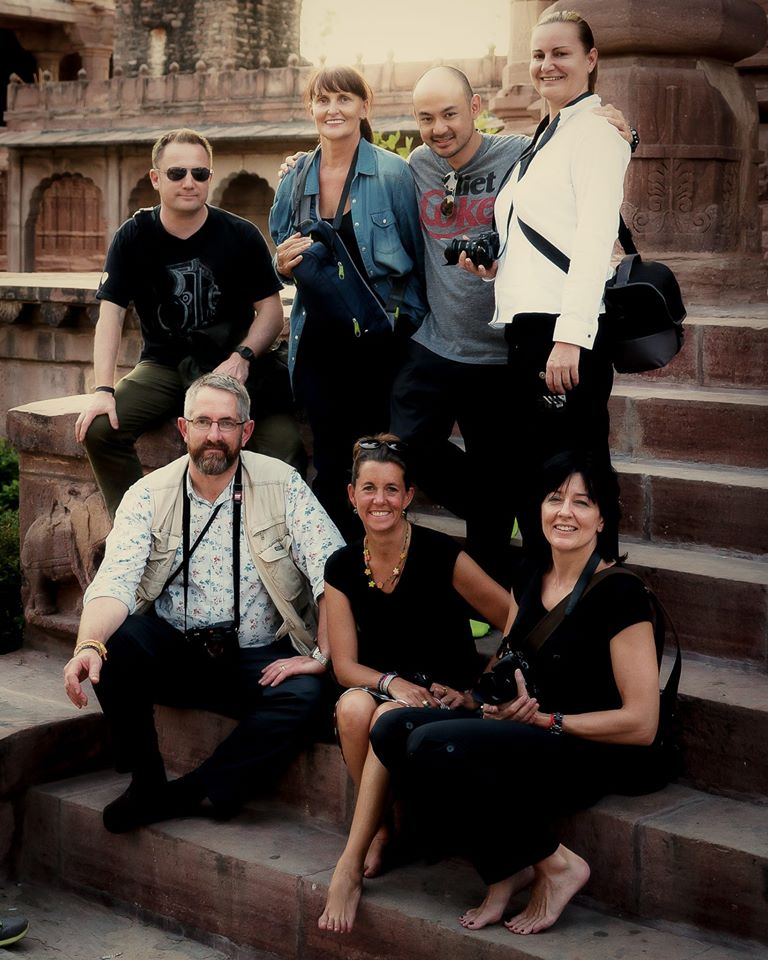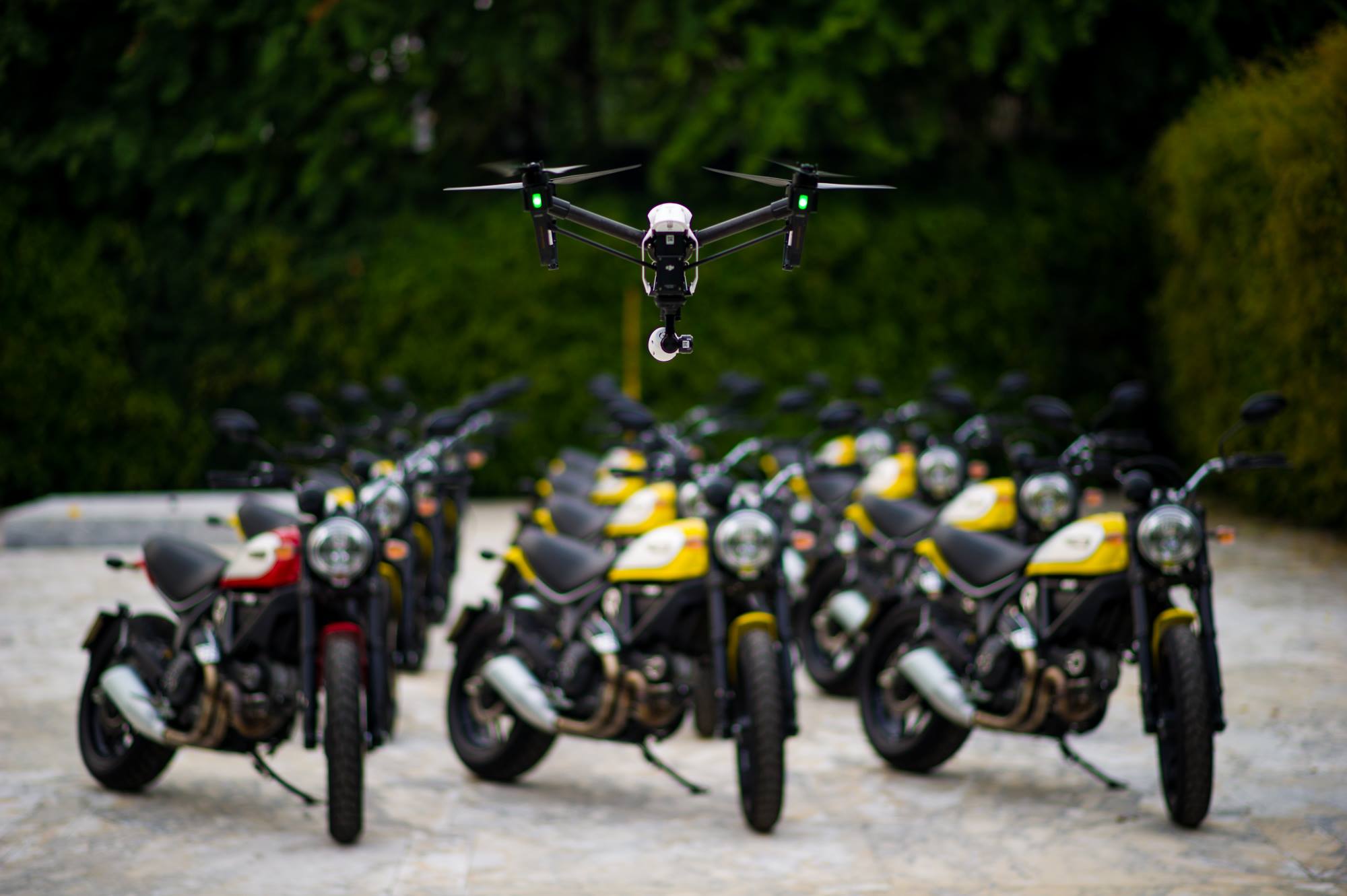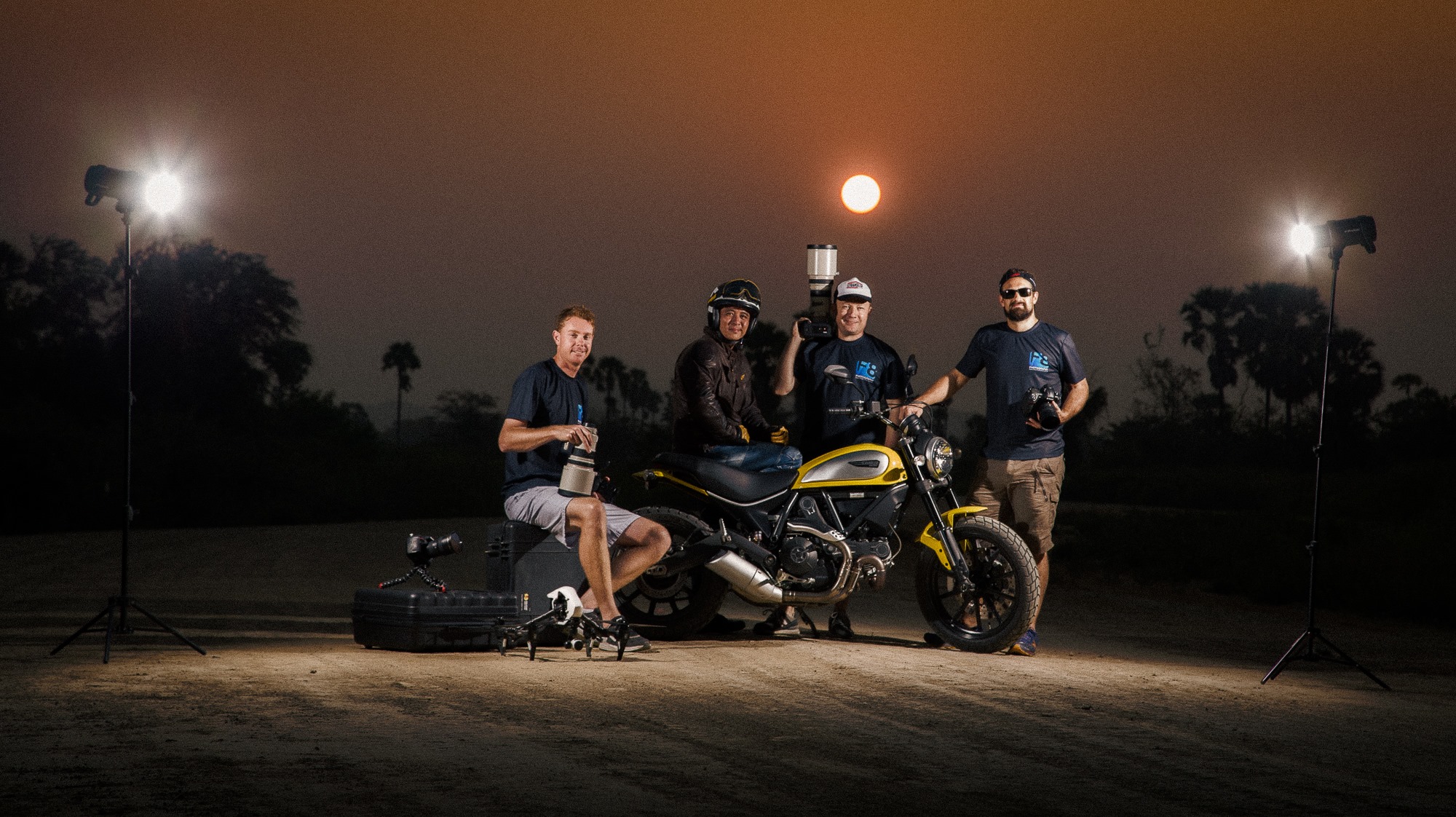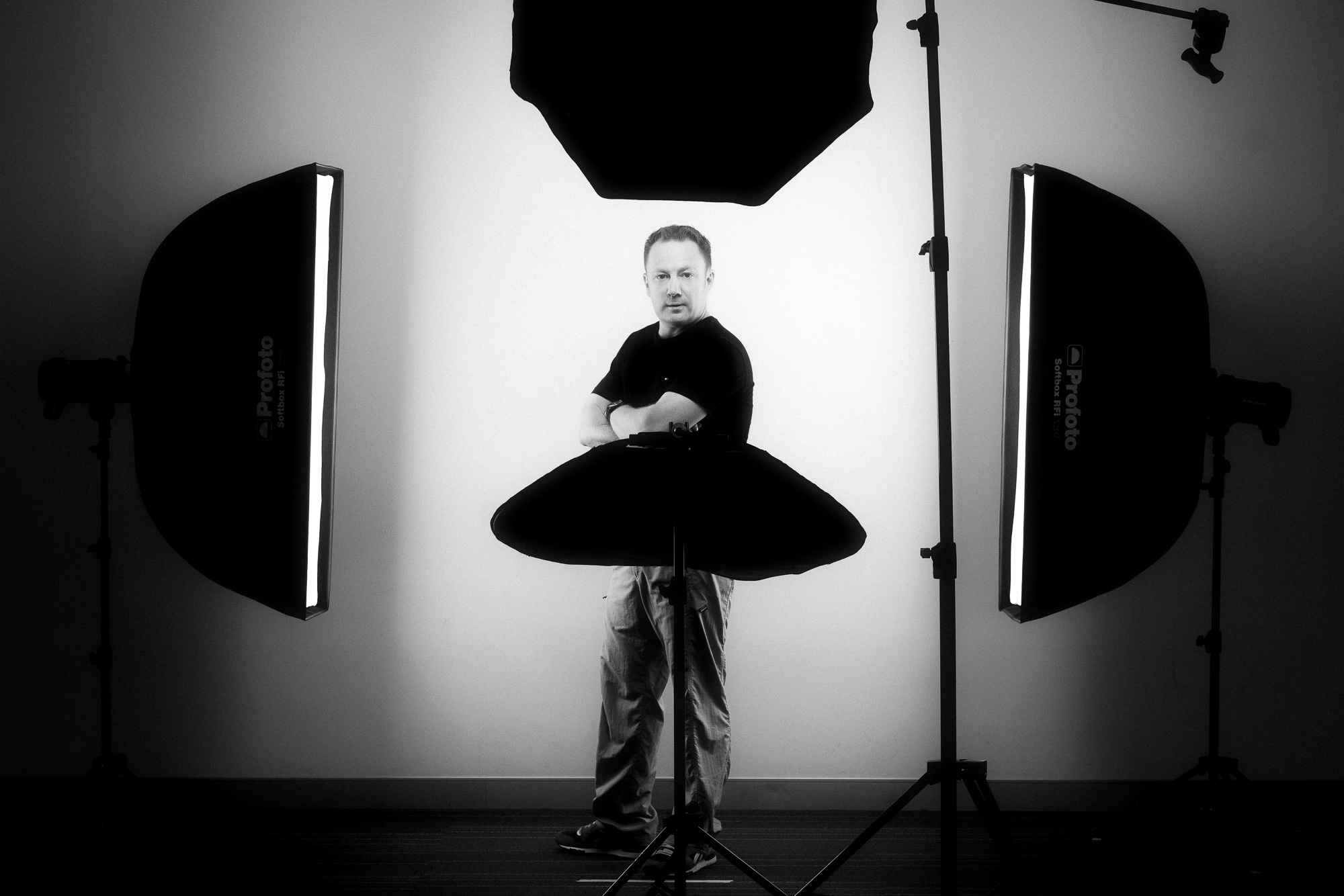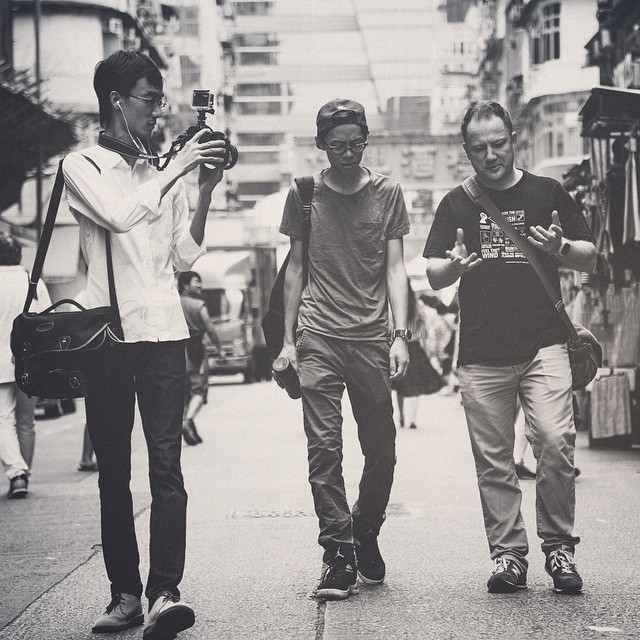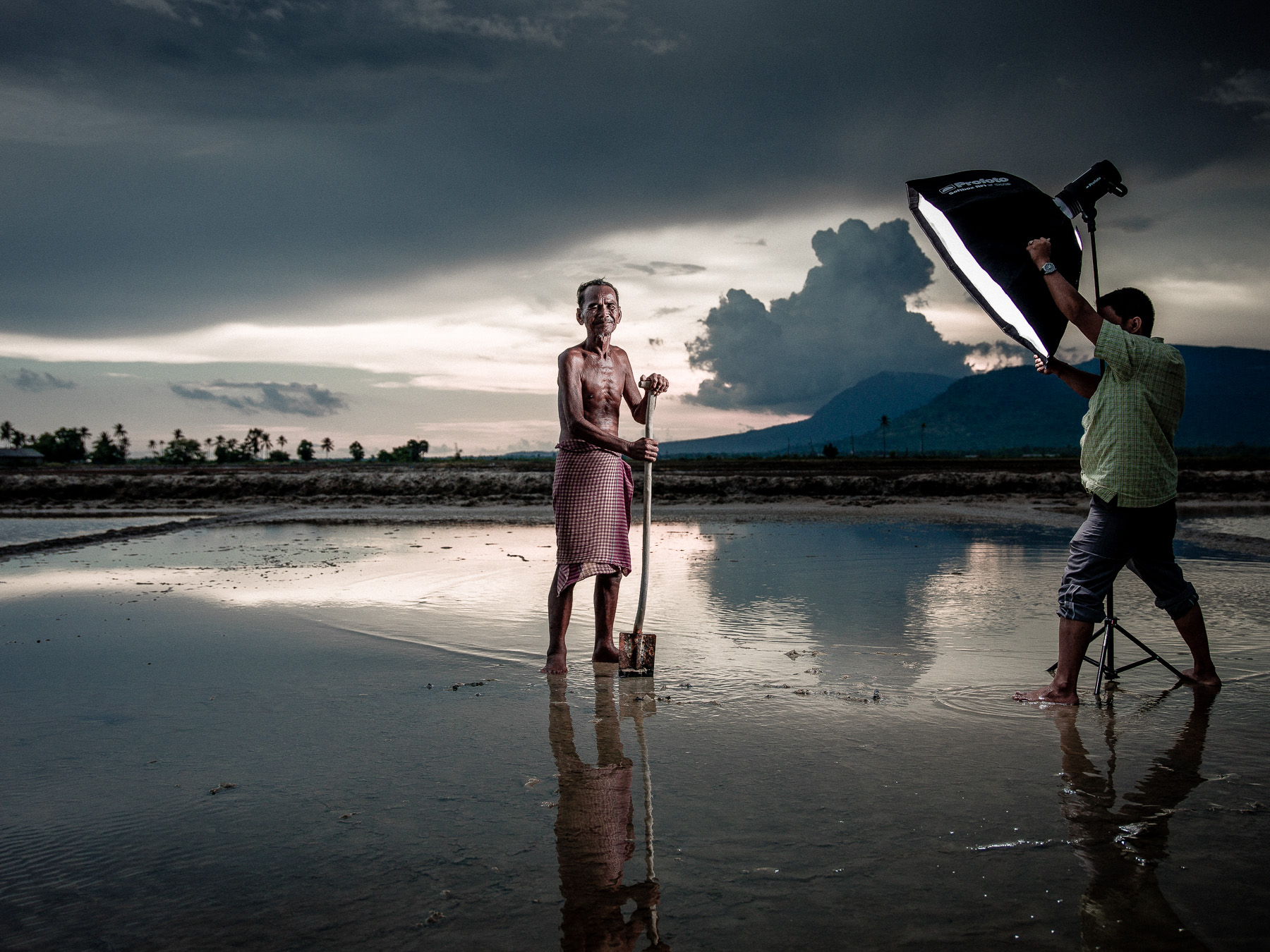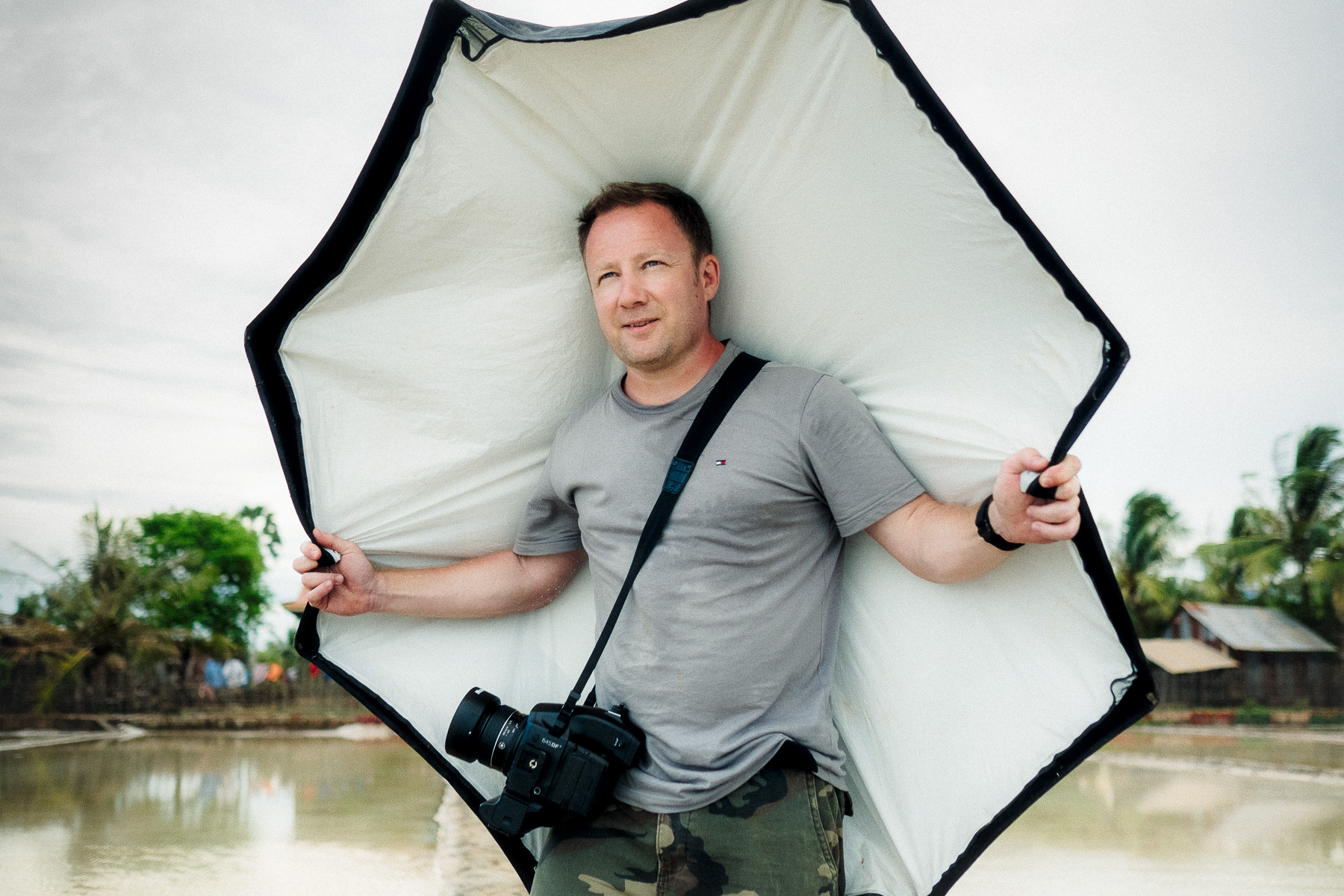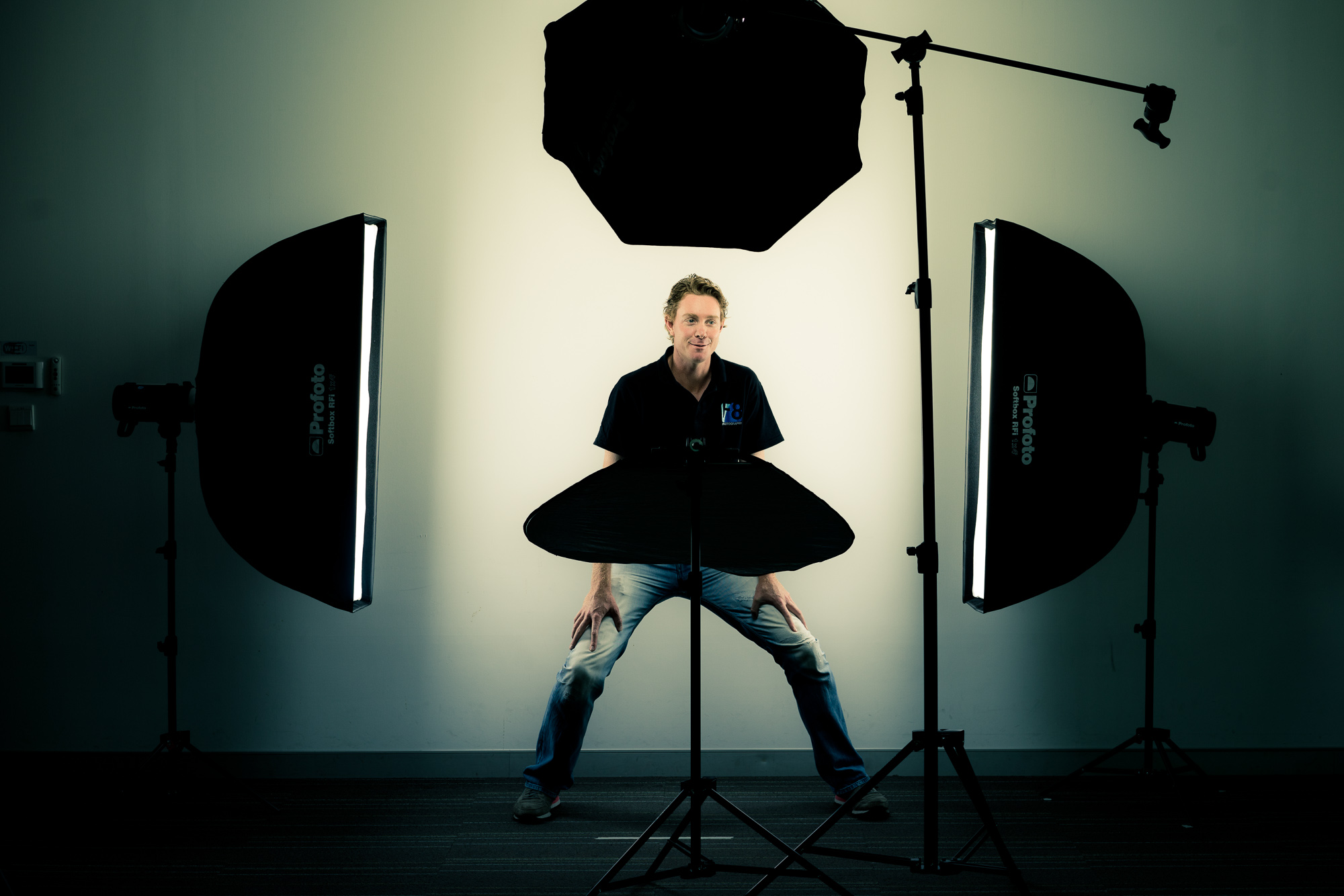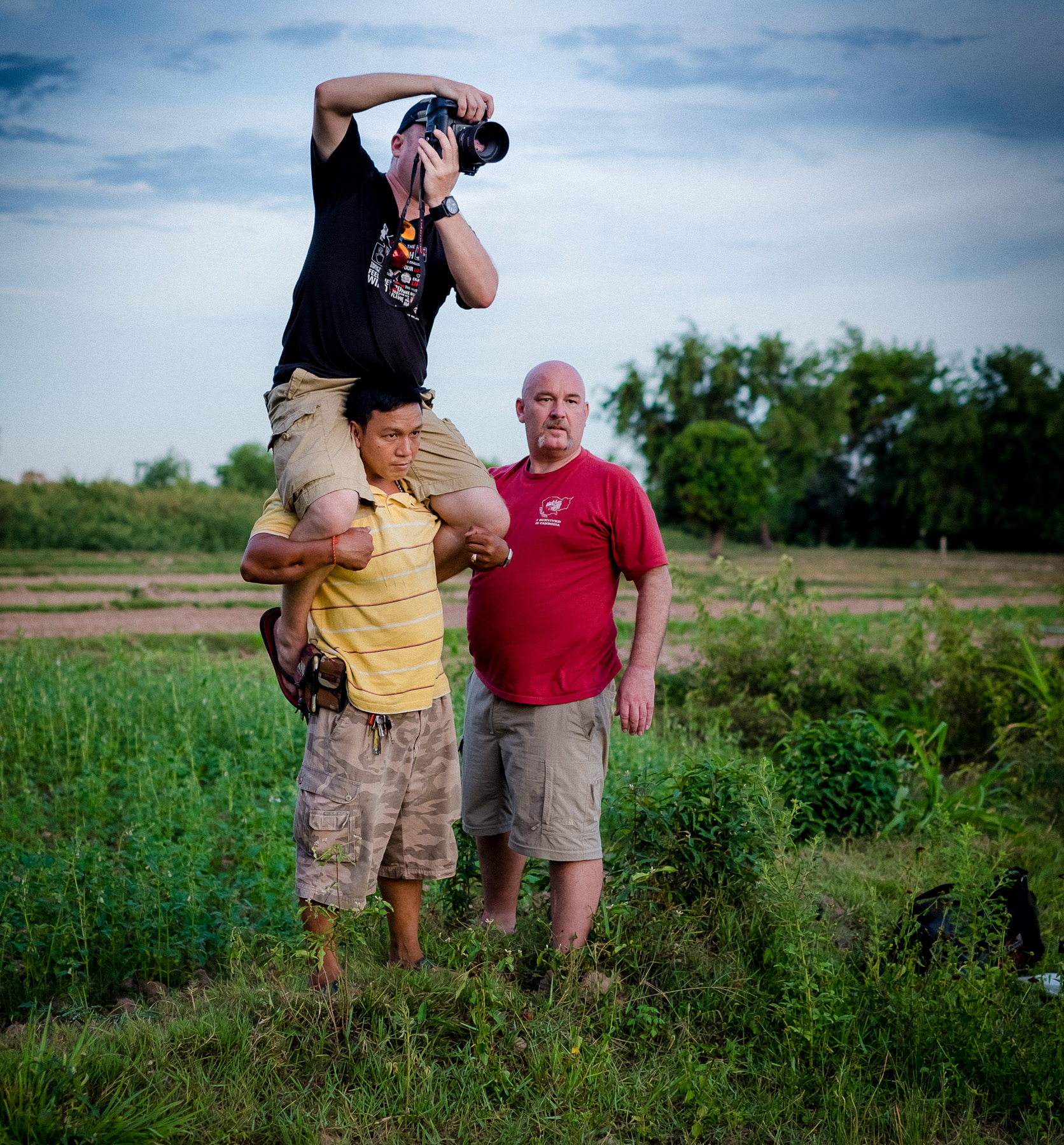Olympus OMD goes to Cambodia
/(Gary in the railroad village with the locals outside Phnom Penh with OMD and Mamiya 7ii)
So here we are again, back to the glorious backdrop of Phnom Penh, Cambodia, this time bringing a different camera system - The Olympus OMD for a 4 day field test.
This blog post is not an all out review of the camera system, I'm not a techno-phobe, this is a real world usage review and highlights of my thoughts on the camera system in a fast changing environment and for close up street and travel photography...you won't find any MTF charts or detailed lens analysis....just images that I shot and my thoughts on them :-)
The last time I visited Cambodia I shot only the Leica M9, as I had shot here several times with full Canon DSLR systems and wanted a smaller rig to shoot travel photography with, and the Leica was a perfect fit...albeit the seriously expensive option.
The Leica system is hard to beat (some say impossible), so the bar was set very high, I have achieved some fantastic results with my Leica M9, therefore I already had an unfair comparison level in my mind...but I thought if a camera is going to succeed in 2012 and beyond, it needs to raise the bar and match some of the already outstanding options available to us.
With this in mind, I wanted to test some other rigs out to replace my Leica rigs for street photography and lightweight travel photography. I had tried the Fuji XPro-1 a few months ago, and have written some positive thoughts on that camera system, but after extended use I must admit I found the autofocus to be a little slow and inaccurate at times for my liking, even though the image quality was great. Therefore that camera was moved on and I was back to using Leica again.
Anyway, the only remaining system that attracted me was the new Olympus OMD, with a selection of the already proven prime lenses available from Olympus and Panasonic. So the day before we flew to Cambodia I picked up a kit, camera, grip, 12mm f2, 20mm 1.7 and 45mm 1.8. I figured this should cover most of what I need, and I tend to shoot a lot very close up, so I assumed the 12mm lens (24mm equivalent) would be spending most of its time on the camera.
One of the features that I was initially unsure of with the Olympus OMD was the touchscreen for shooting....At first I thought this was a bit of a gimmick, as I'm a traditional style photographer who likes to look through a viewfinder (I don't care much for EVF either....), so I didn't think I would like the touchscreen feature, especially for shooting.
However, I am a changed man, the touchscreen shooting feature - the ability to compose, focus and shoot almost instantly using only the screen has completely revolutionised the way i shoot with this type of camera.
(using the touchscreen to shoot...image shot below)
I learned the cameras menu systems, and setup it all up how I wanted on the 2 hour flight from Hong Kong to Phnom Penh, without the manual (I never read manuals), so that was easy to do, this helped me warm to the camera once I had it all set up how I wanted, disabling a few features, and programming others to the function buttons to suit my needs.
 (First image I took on the OMD, 12mm)
(First image I took on the OMD, 12mm)
This first shot above was the first time I had tested the touchscreen, which allows you to literally just press wherever in your composition you wish the camera to focus and then shoots....this happens almost instantly, so its a great way to capture a scene or a portrait without having to raise the camera to your eye...its kind of like shooting using zone focussing from the hip...except you take away all the problems that method has (misfocus, composition issues, etc), so in reality this could be the perfect street camera for me.
Because there are very few cameras with this technology currently, I believe that nobody at any stage during my trip there actually had any idea what I was doing when I was shooting in this way....even if I approached them and requested to take a picture, once I was done they would still stand there waiting for me to start....I like that, as then I can capture a more natural image with no barriers.
 (local villagers on Silk Island, 45mm)
(local villagers on Silk Island, 45mm)
 (elderly lady on Silk Island, 45mm)
(elderly lady on Silk Island, 45mm)
Using the longer lens (45mm - equivalent to 90mm) was also great fun, as I had the same control as with the wide lenses to capture tight portraits without having to raise the camera. Another thing that has amazed me, having only used this system for 2 weeks now is how sharp the lenses are. I am used to Canon gear for work, which is great...and Leica gear for travel/street which can be phenomenal if you get the right lenses....however...in all honesty for the price of these lenses (some as low as only a few hundred US dollars) their performance is amazing...I couldn't ask for sharper images, and that coupled with super fast and super accurate autofocus...i just love this camera more every time I pick it up.

(school kid hiding under a desk, 45mm)
 (local school in Phnom Penh, with super friendly staff and kids, 45mm)
(local school in Phnom Penh, with super friendly staff and kids, 45mm)
However, as mentioned earlier, I am happiest shooting close up with a wide lens (normally a 24 or 25mm lens, so the Olympus 12mm (equivalent to 24mm) was always going to my new best friend on this camera, and to be honest, this lens was the reason I bought the system in the first place...).
Below are a further selection of images I shot there over a 4 day period with the various lenses. I think as this was the first week I had used the camera, I was more than happy with how it performed and the quality it produced. The main thing is that I haven't missed using the Leica, despite it being my workhorse camera for the last several months....this tells me something....I'm not saying one is better than the other, as I still think the Leica M can produce amazing photographs, however if you want a system that can give you a lot of the portability and loads more technical gucci features than any Leica....and you don't want to remortgage your house to afford the system....then maybe the OMD is worth a very serious look.
(using touchscreen again and getting nice and close with the 12mm lens)
(on boat roof on way across the Mekong River, 12mm)

(children on Sisowath Quay, Phnom Penh, 12mm ISO 6400)
 (sleeping child, railroad slum, 12mm)
(sleeping child, railroad slum, 12mm)

(railroad slum, Phnom Penh, 12mm)
(monks at the riverside, 12mm)
(Pagoda Boy, 12mm)
(Rush hour, early morning, 45mm)
(villagers on Silk Island, 20mm)
(102 year old female temple minder, 20mm)
(railroad slum kids, 20mm)
(railroad slum kids, 12mm)
(railroad slum kids, 12mm)
(railroad slum kids, 12mm)
(Our little gang of photographers, L to R: Giles, Steve, myself and Dave, 12mm)
Guest blog posts on this trip from Steve who accompanied us can be read here:
Guest blog posts written by Dave who also came along can be seen here:
Thanks for taking the time to visit our blog, if you like our blog and website, please ‘like’ us on our public Facebook page and share this story with your friends with the Facebook and twitter links below. You can also subscribe to our blog via the RSS link below.
F8 Photography provides commercial photography and training across Asia, with workshops on Street Photography and other photography and video training courses, more details can be found via the ‘courses and workshops’ link and upcoming events via the front page of our website.




